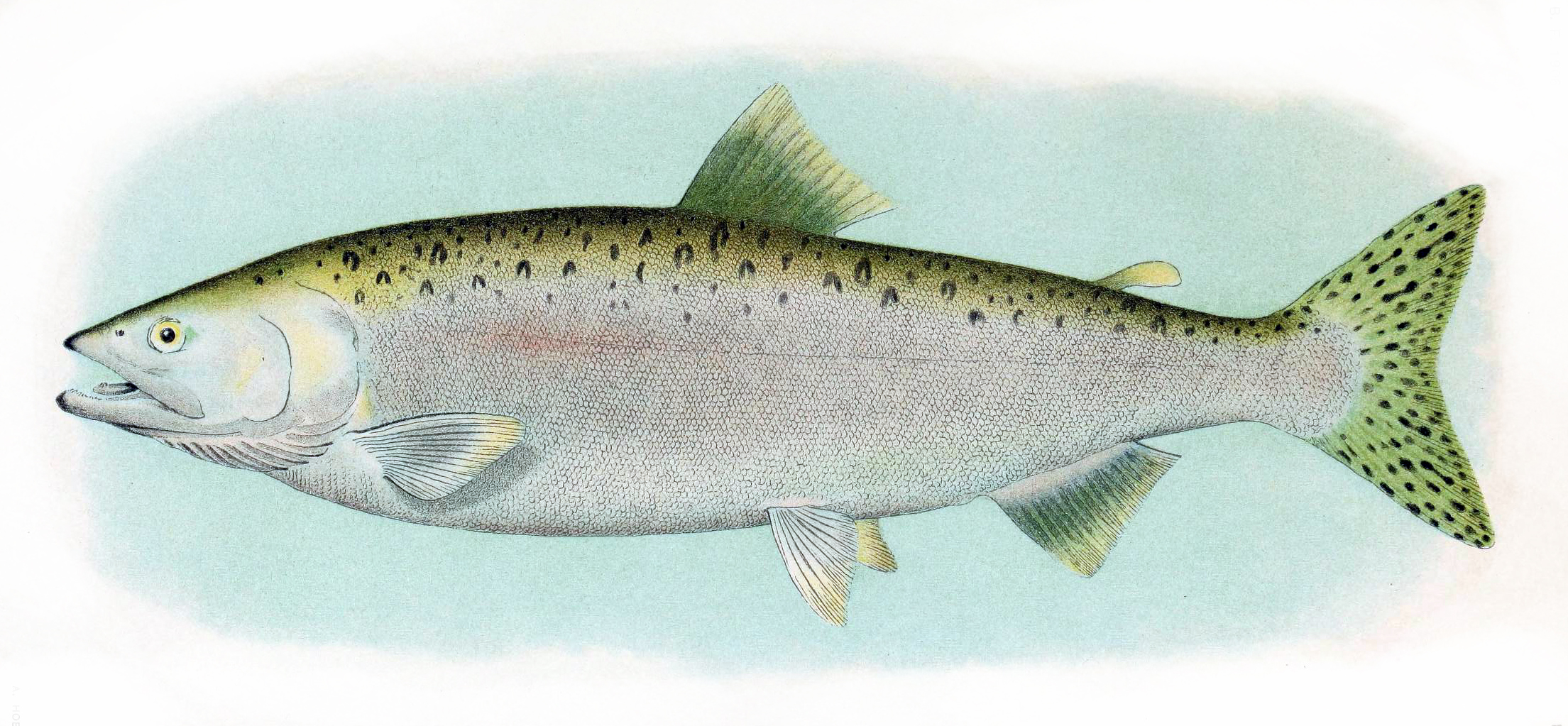
Pink Salmon (Oncorhynchus gorbuscha) is native to the North Pacific, and adjacent parts of the Arctic Ocean, and spawning anadromously in tributary rivers from California to the McKenzie River, Alaska, and from Japan to the Lena River, Russia. Adults usually move less than 100 km from the sea, but sometimes over 1000 k . Many attempts have been made to introduce Pink Salmon, with varying success. Pink Salmon have been stocked from the Potomac River, to Maine, in the Maritime provinces of Canada. Hudson Bay, and the Great Lakes (Scott and Crossman 1973). Stocked populations in Maine, introduced in 1906 to 1926. Oncorhynchus gorbuscha were planted in the Dennys and Pembroke Rivers in ME from 1906 to 1926, resulting in some returns of adult fish, and apparent establishment of a population, but the populations did not persist, Populations were established in Newfoundland in 1958, but also failed (Scott and Crossman 1973; Harache 1992). Surplus fish from an unsuccessful stocking program in Hudson Bay were discarded in Lake Superior in 1956, and have spread throughout the Great Lakes. Stocking of Pink Salmon on the Arctic coast of Siberia including the Kola Peninsula began in 1957. Pink Salmon gradually spread to Finland and Norway, with fish reaching Scotland, Iceland, Greenland, and Newfoundland. Spawning is documented in Norway and Scotland., Iceland, and the Faeroe Islands but is not documented in more remote locations. This westward invasion from Russian populations is paralleled by a an eastward climate-change related 'natural' dispersal of this Pacific species into the central Arctic Ocean. Pink Salmon are a potential fishery species, but also also a possible competitor with native Atlantic Salmon.